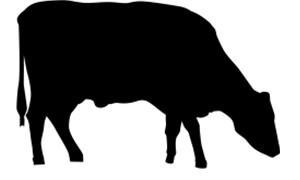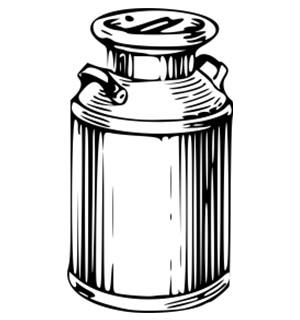Robotic Milking System: Milking of the Future
Robotic milking systems have made their way to the USA and rapidly being implemented across the country. This technology allows cows to milk flexibility at their own time as well as providing farmers more time for other tasks.
Advantages
- Reducing total labor costs, improving the comfort of the cow during milking, and an increase in overall production (Rodenburg et al., 2017).
- Reduction of labor costs can be attributed to the amount of human labor is replaced by the AMS.
- The AMS also allows adjustments of the bedding, machinery, and room for the cow to milk, making a less stressful and more comfortable environment.
- Cows that go through the AMS spent less time waiting, making more time to eat and rest also contributing to an increase in wellness (Malacco. 2022).

|
Cows choose whether to enter the milking system. Each cow wears an ID collar to identify health, diet, and milk production. |

|
Robotic/automatic milking systems clean teats, attach, and stimulate to produce milk. |

|
Requires less manual labor, allowing more time for farmers, and overall saving money over time.(2) |
Why has AMS been adopted in farms?

